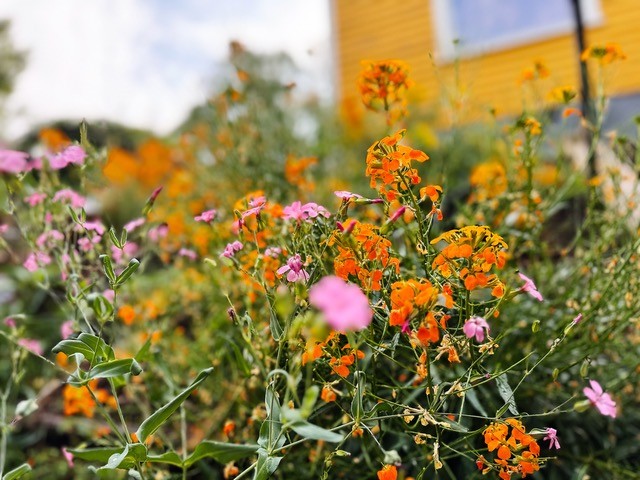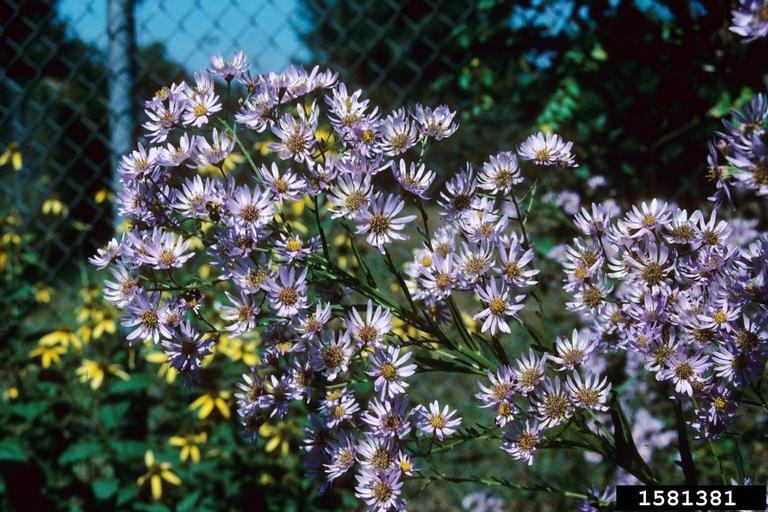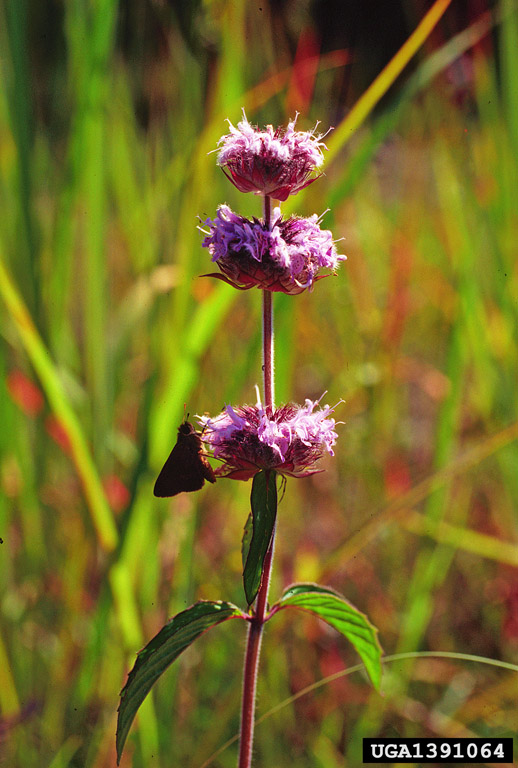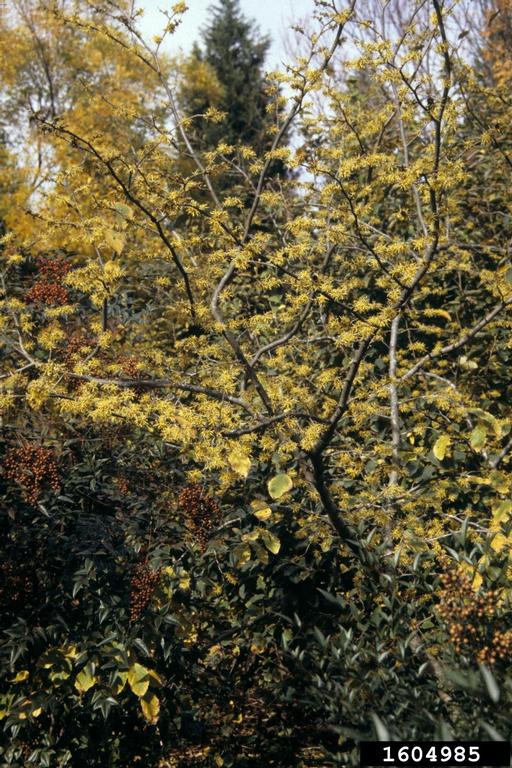by Jason Parker, Fulton County Master Gardener Extension Volunteer
May is the heart of springtime, and the scent of flowers is in the air. Those scents, and the lovely colors that accompany them, are meant to attract attention. Our bees, butterflies, and hummingbirds are becoming active and beginning to play their annual role as pollinators.
When I looked it up, it turns out bees and butterflies aren’t “smelling” like people do but using chemical receptors on their antennae to detect nectar. Hummingbirds can smell things to avoid but are more visual, looking for bright colors like red to signal available nectar. Thinking about the bees and the birds led me to wonder about next steps for my gardening efforts.

On a sunny slope out front I’ve been turning my formerly horrible vinca slope into a native pollinator garden. After I removed the vinca (“removed” is an inadequate word for pulling that cursed vine out by hand), the slope spent a winter under tarps, and last season growing sunflowers. Nothing like gardening to practice patience! This year I’ve managed to coax some wallflowers and cow cockle from the ground. They’re my first real pollinator success and what came up from the wildflower seed packet mom sent me. Neither is native, but neither is invasive, something is better than nothing (or vinca), and they add beautiful color and scent at my front door.
But bee-ing 😉 non-native, these flowers don’t attract the variety of pollinators that Georgia native flowers would. And being impatient, I want to put something in now that might bloom this year. In my search, I’ve come across the State Botanical Garden of Georgia’s Pollinator Plants of the Year and some solid additions to my planting plan.
Beardtongue is a summer bloomer and “well-known hummingbird magnet.” Sold! I’m also pretty sure there’s some 2024 summer blooming winner yellow and pink blossomed spotted horsemint coming up out there now.




Image attributions (top left clockwise to bottom): Lesley Ingram, bugwood.com; John Ruter, University of Georgia, bugwood.com; John D. Byrd, Mississippi State University, bugwood.com; John Ruter, University of Georgia, bugwood.com
Fall bloomer climbing aster is from the daisy family of plants and has a lovely purple color. It is a vine, though, which will require some care to keep it in bounds unless you have a lot of space.
For next year’s bloom I’ll be sure to put in some native golden groundsel. The more we can do to help out our bees, the better off we all will be. I love the look of native witch hazel, but it wants a little more space than I’ve got, so will have to wait ’til I find a home for it.
Attracting pollinators is about more than pleasant smells from the porch swing or my house looking nice from the street. Our bees, butterflies, and birds spread pollen and provide food that sustains life right on up the chain. And pollination doesn’t just benefit nature, in 2021 pollination had a 635 million dollar economic impact on Georgia. As home gardeners, we have a lot of options to put in native pollinator friendly plants to maximize benefits to our bees, birds, and butterflies, make our yards look nice, and send us those lovely smells and chemical signals every time we walk out the door.